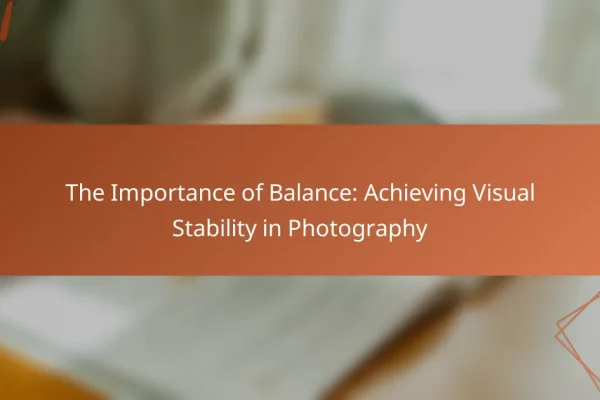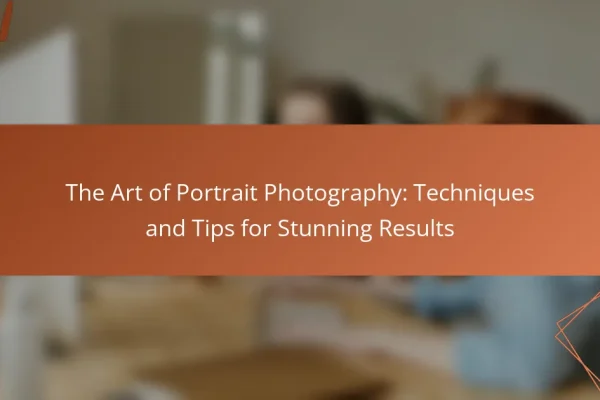
The Importance of Post-Processing Techniques in Photography
Post-processing techniques in photography are essential methods used to enhance and modify images after their initial capture. Key adjustments in this process include exposure correction, color balancing, cropping, and retouching, often facilitated by software such as Adobe Photoshop and Lightroom. Effective post-processing not only improves the quality and aesthetic appeal of photographs but also allows…








